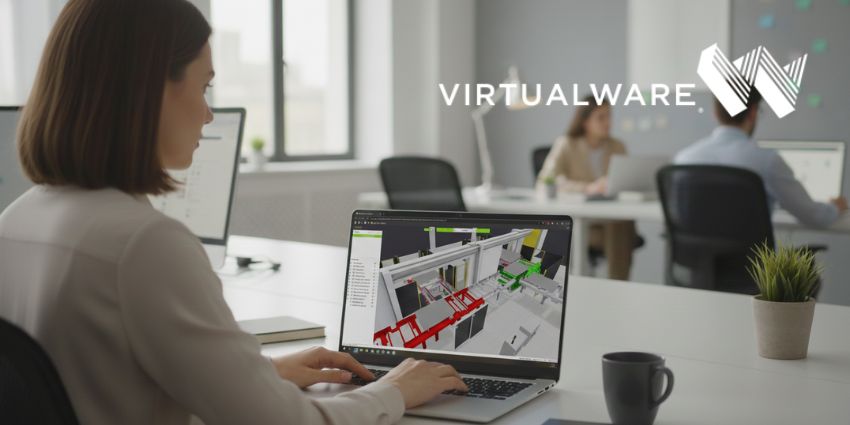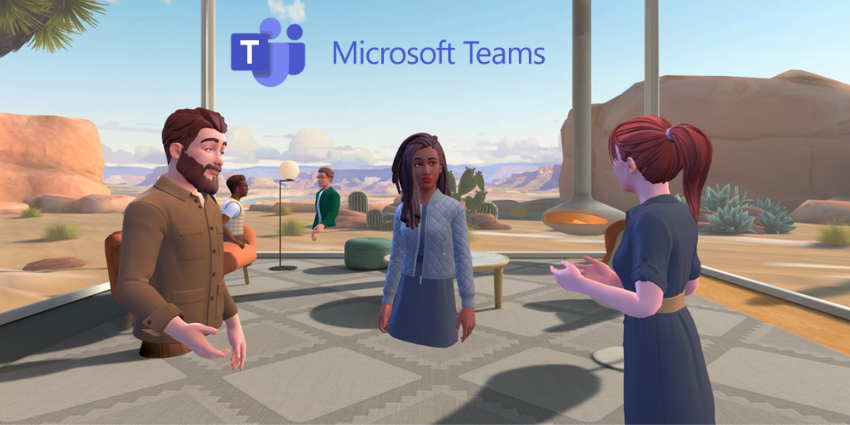In-person events and conferences are traditionally staples for brand and organizational awareness. However, the social restrictions associated with COVID-19 precautions have forced everyone to rethink how to engage with new and established audiences effectively. With so many companies marketing themselves as approximations of in-person elements in an online setting, there’s also a need to connect these emerging methods for a fuller event experience.
HeySummit is a virtual reality events platform that integrates with different live virtual experiences. They provide the event organizational tools, landing pages, attendee management, ticket sales, scheduling, email reminders, and a host of other amenities necessary for a successful full-scale event.

“Increasingly different tools are being used to satiate a variety of experiential needs,” says HeySummit CEO Robert Gelb. “Video conferencing is great for some things but may not fit every situation. HeySummit allows for online tools to sit in one place for a seamless virtual event experience. Now instead of having to cancel events, they can effectively move online in a way that can contain most, if not all, of the in-person components.”
Virtual events will never replace in-person events and cannot replicate every aspect of what a physical environment provides. The approach to online events is best served by acknowledging that this is a new medium by which brands can interact with audiences who find it restrictive to attend events in real life.
How HeySummit Fits In
The goal of HeySummit is to amplify new experiences that occur online and with virtual tools. Two-way video chat captures a limited portion of what is necessary for natural immersion to occur. For example, High Fidelity is an audio-only platform that allows users to move throughout a map with other users and leverages spatial audio. The sound from conversations on the user’s end corresponds with the avatar’s direction or proximity in the virtual world. This idea facilitates a natural way for attendees to join discussions and socialize instead of popping up on a screen.
To transition from a Zoom presentation to professional networking using High Fidelity after the speaker wraps, HeySummit directs conference-goers to the right place automatically. There is no need to log out of one platform and log into another for continued engagement with the same subject matter. Event organizers can automate what platform is in use and when used based on the event’s progression without fear of dropping attendance due to reregistering multiple times.
For example, Remo is a platform that operates by allowing participants to join virtual tables. Attendees at a particular table can then view the video feed of everyone else at the table. If a conference has a Remo session scheduled for 10 AM, HeySummit will go into Remo and create the session for the attendees functioning as a navigational tool to tie together separate platforms to create the feel of an in-person event in an online setting.
Having a new experience reduces the user’s barrier to engage with the content. Attendees are receptive to fun and engaging scenarios when the appropriate format is used.
The HeySummit Approach for Success
There’s an assumption that virtual events serve as a backup plan because in-person events are more prohibitive than ever. “While that’s true in part, I don’t think that’s why it has grown,” explains Gelb. “Even before COVID, we were growing quite well. Our growth is due to organizations thinking about how they can better build their audience, grow thought leadership, and the most efficient way to do that. So, there has been a trend, even before the pandemic, of smaller businesses, creators, independent entrepreneurs thinking about summits as a way to show their expertise while monetizing their network. Our most successful events that have 75,000 to 100,000 attendees all start with the intention of being an online event as opposed to a stand-in for an in-person experience.”
XR events will undoubtedly increase over the next few years. Even as the world reverts to some form of normality, in-person events will become augmented with hybrid experiences. Online events will also serve to run more events outside of live conferences to increase engagement and build a sense of community. HeySummit suggests when considering a virtual event, think about the value it will provide and not the experience. Once the value is determined as beneficial, then the available mechanics should inform the format, style, and tools that comprise the experience an organization is looking to create.







